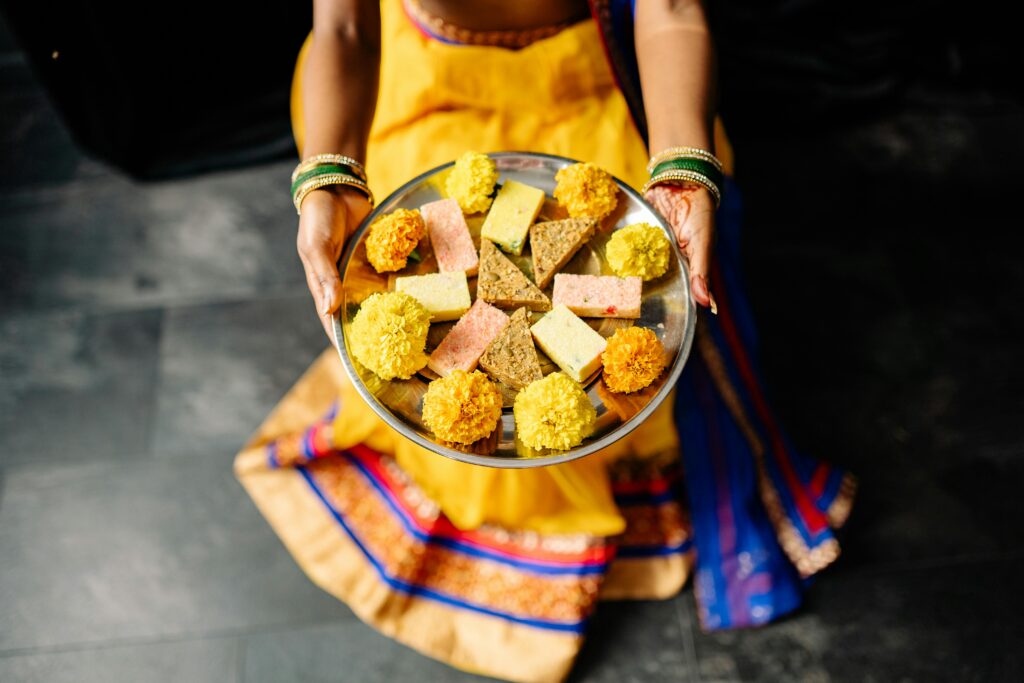- (+91) - 9599955120 / 9891497419
- info@trafundiscoverindia.com
Post by Poonam Istwal
Holi: All You Need To Know About India's Festival Of Colors
India’s festival of colors

Holi: All You Need To Know About India's Festival Of Colors
India’s festival of colors
Post by Poonam Istwal

One of the liveliest and most exuberant celebrations observed in India is the Festival of Colours, or Holi. It is a Hindu spring festival that celebrates love and harmony, the coming of spring, and the triumph of good over evil. This is an account of the Indian Festival of Colours:

Holi is known for its vibrant and jubilant celebrations. People congregate in streets, public squares, and open areas, equipped with water-filled balloons or water cannons and dry powdered colouring powder. There’s dancing, music, and laughing all around.
Individuals exchange pleasantries and candies, paint vivid colours on one other’s faces, and playfully dunk each other in coloured water.
On the eve of Holi, the festival kicks out with a bonfire known as Holika Dahan.
As part of this ceremony, a symbolic bonfire is burned to mark the victory of good over evil. Singing religious music, performing prayers, and making petitions to the gods, people congregate around the blaze.
THE SIGNIFICANCE OF HOLI IN INDIA

In India, Holi has enormous cultural importance. It is connected to several mythical stories, the most well-known of which being the tale of Prahlada and the demon Holika.
Because of the belief that Prahlada’s love for Lord Vishnu shielded him from Holika’s destructive powers, Holi is a celebration of good triumphing over evil.
Social boundaries are momentarily suspended during Holi. Regardless of caste, creed, or socioeconomic standing, people from all walks of life gather to celebrate and take pleasure in the celebration.
It encourages a feeling of fraternity, peace, and solidarity among communities. Greetings and colourful embraces are shared at Holi, a festival of forgiveness and letting go of past wrongs.
Holi is known for its vibrant and jubilant celebrations. People congregate in streets, public squares, and open areas, equipped with water-filled balloons or water cannons and dry powdered colouring powder.
There’s dancing, music, and laughing all around. Individuals exchange pleasantries and candies, paint vivid colours on one other’s faces, and playfully dunk each other in coloured water.
There are geographical differences in the ways that Holi is celebrated throughout India, even though its spirit is the same everywhere.
For instance, the celebrations are especially wild in Uttar Pradesh, the state where Holi originated, with large-scale events held in locations like Mathura and Vrindavan.
Since Holi falls around the Sikh holiday of Hola Mohalla, Punjab celebrates the event with considerable fervour.
CULINARY CUSTOMS

In India, Holi has enormous cultural importance. It is connected to several mythical stories, the most well-known of which being the tale of Prahlada and the demon Holika. Because of the belief that Prahlada’s love for Lord Vishnu shielded him from Holika’s destructive powers, Holi is a celebration of good triumphing over evil.
Social boundaries are momentarily suspended during Holi. Regardless of caste, creed, or socioeconomic standing, people from all walks of life gather to celebrate and take pleasure in the celebration.
It encourages a feeling of fraternity, peace, and solidarity among communities. Greetings and colourful embraces are shared at Holi, a festival of forgiveness and letting go of past wrongs.
THE STORY BEHIND HOLI

Indian mythology is the source of the customs surrounding Holi, which are observed across the nation. The celebration is linked to the story of Hiranyakashipu, an ancient Indian demon ruler, in several regions. Hiranyakashipu killed his son Prahlada, a devout follower of Vishnu, by enlisting the aid of his sister Holika.
The Holi festival has a cultural significance among various Hindu traditions of the Indian subcontinent.
Rangwali Holi, is a time when people share love by smearing each other with colour and savouring delectable gujiyas. Water balloons and water cannons are added to the festivities, ensuring that every second of the occasion is remembered.
It is the festive day to end and rid oneself of past errors, to end conflicts by meeting others, a day to forget and forgive. People pay or forgive debts, as well as deal anew with those in their lives.
Usually occurring in February or March, the Festival of Colours is held on the final full moon day of the lunar month of Phalguna.
Although the length of the event varies depending on the area in India, it lasts for two days.
WELCOME TO

Make your Holidays exciting with us
Looking to plan a vacation your way, at reasonable prices? We at Trafun Customize Diverse Leisure Trips and Holiday Pack that Go with the Taste and Requirements of Our Guests.
✨OUR HOTTEST DEALS✨
You Might Love To Read...
Get in touch with us to plan your dream trip.
Get in touch with us to
plan your dream trip.













